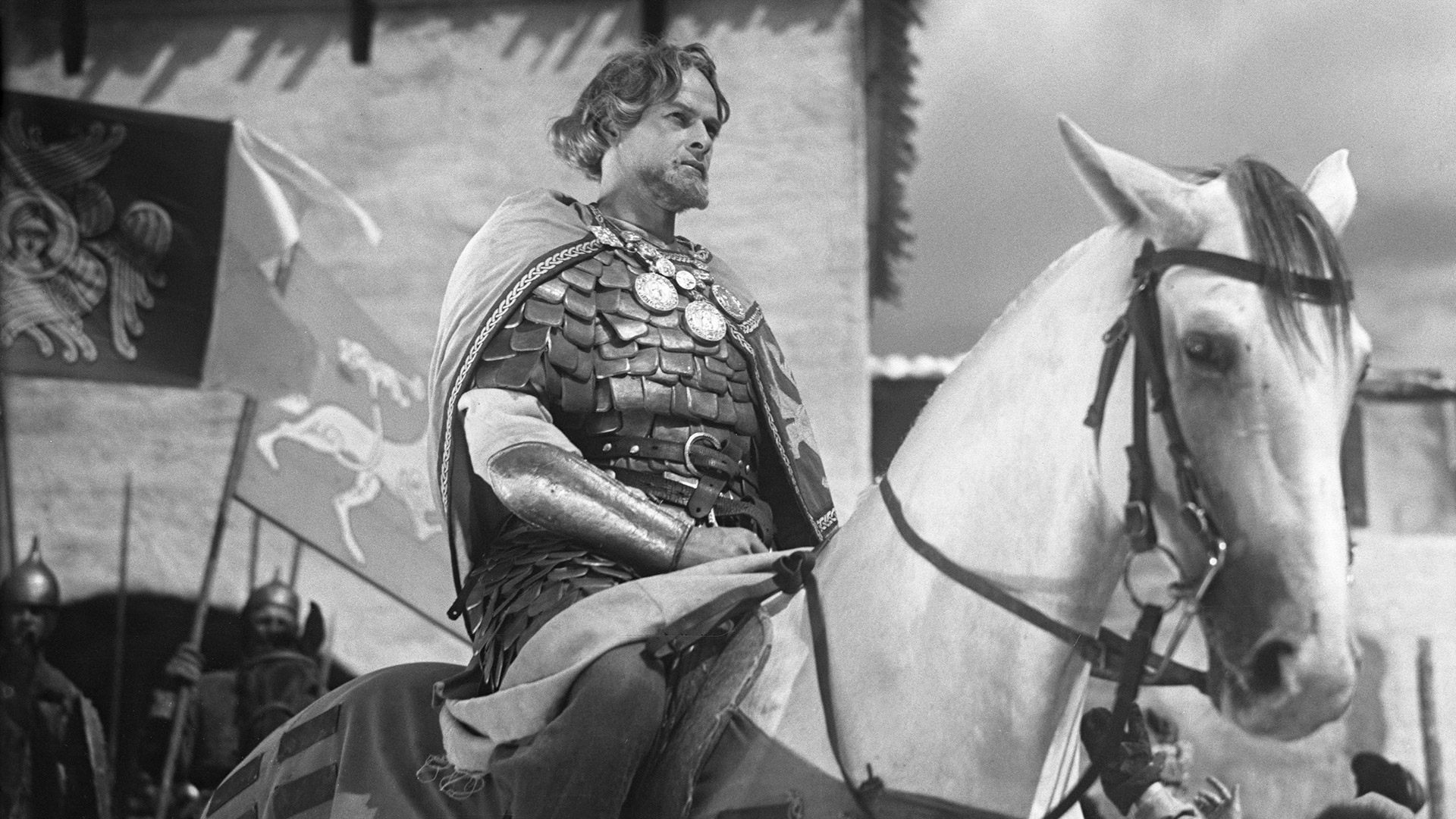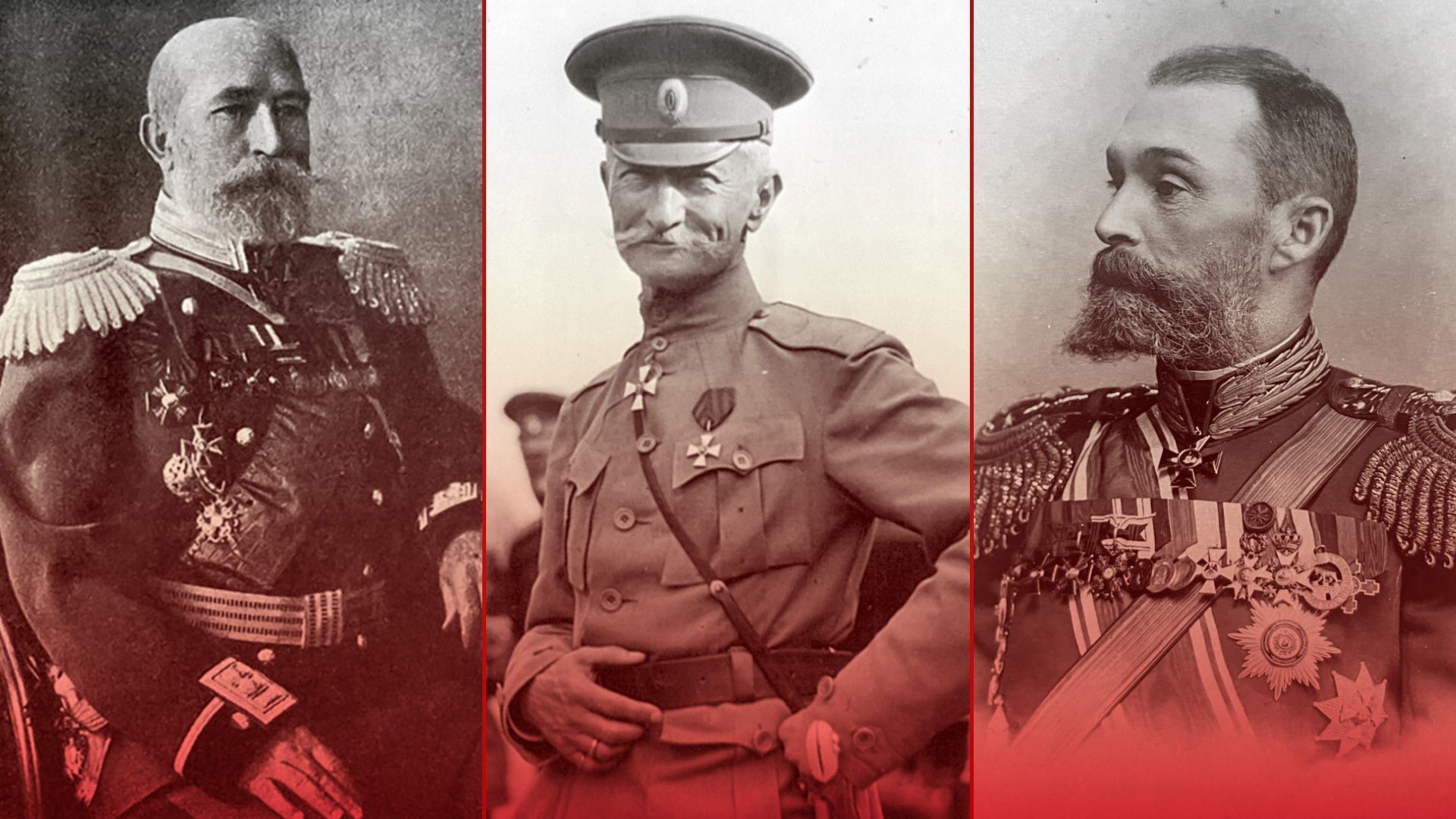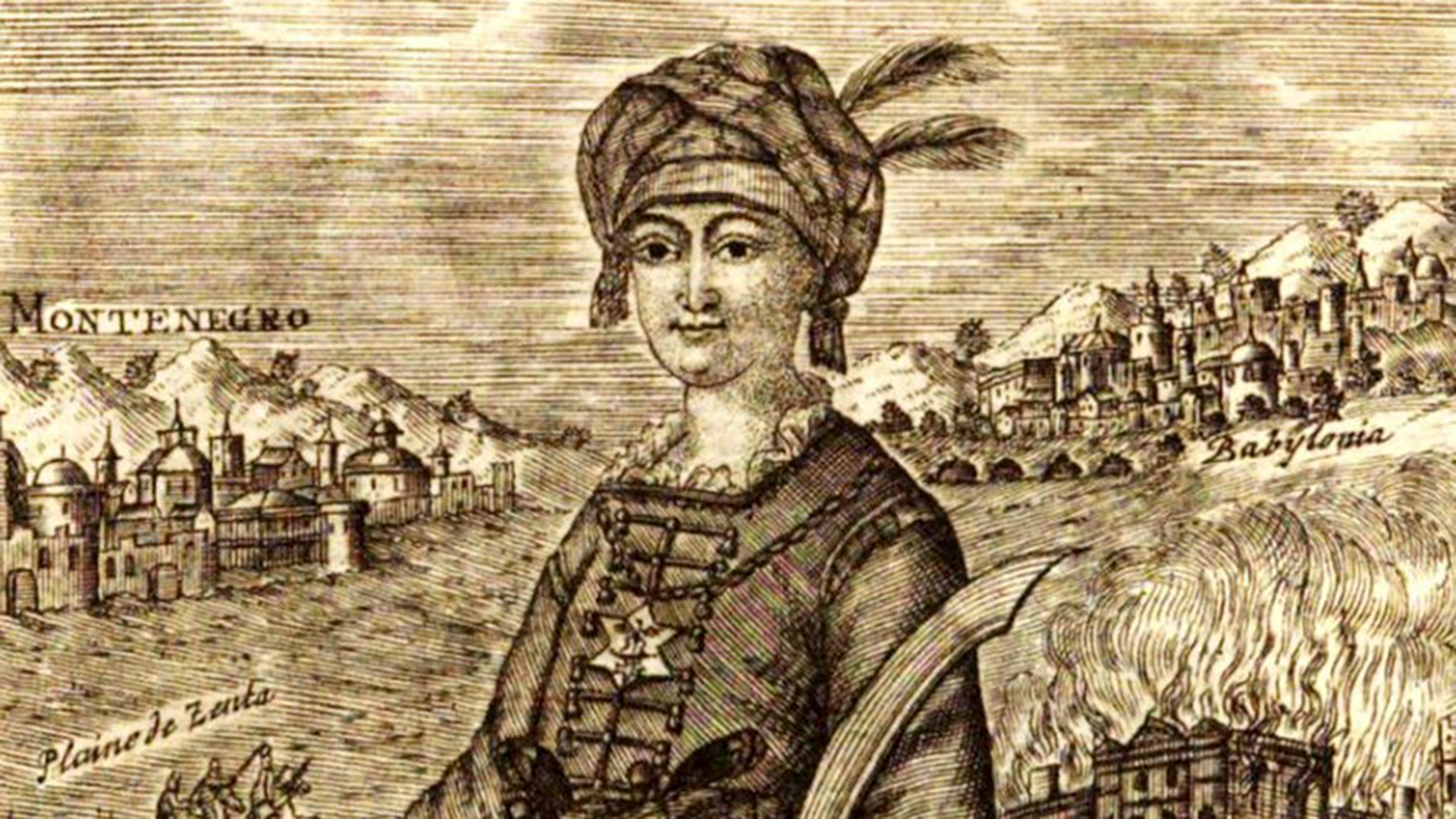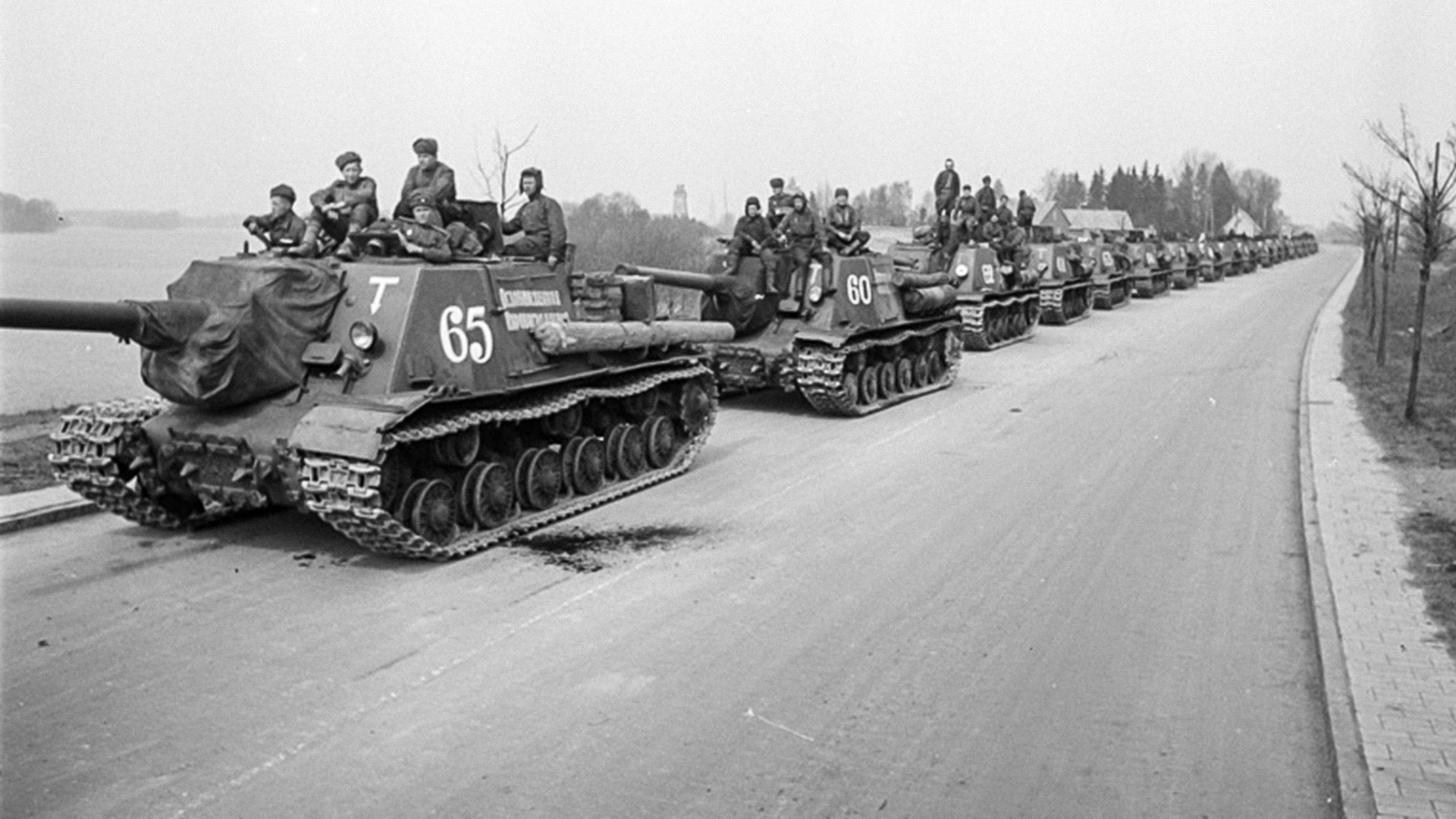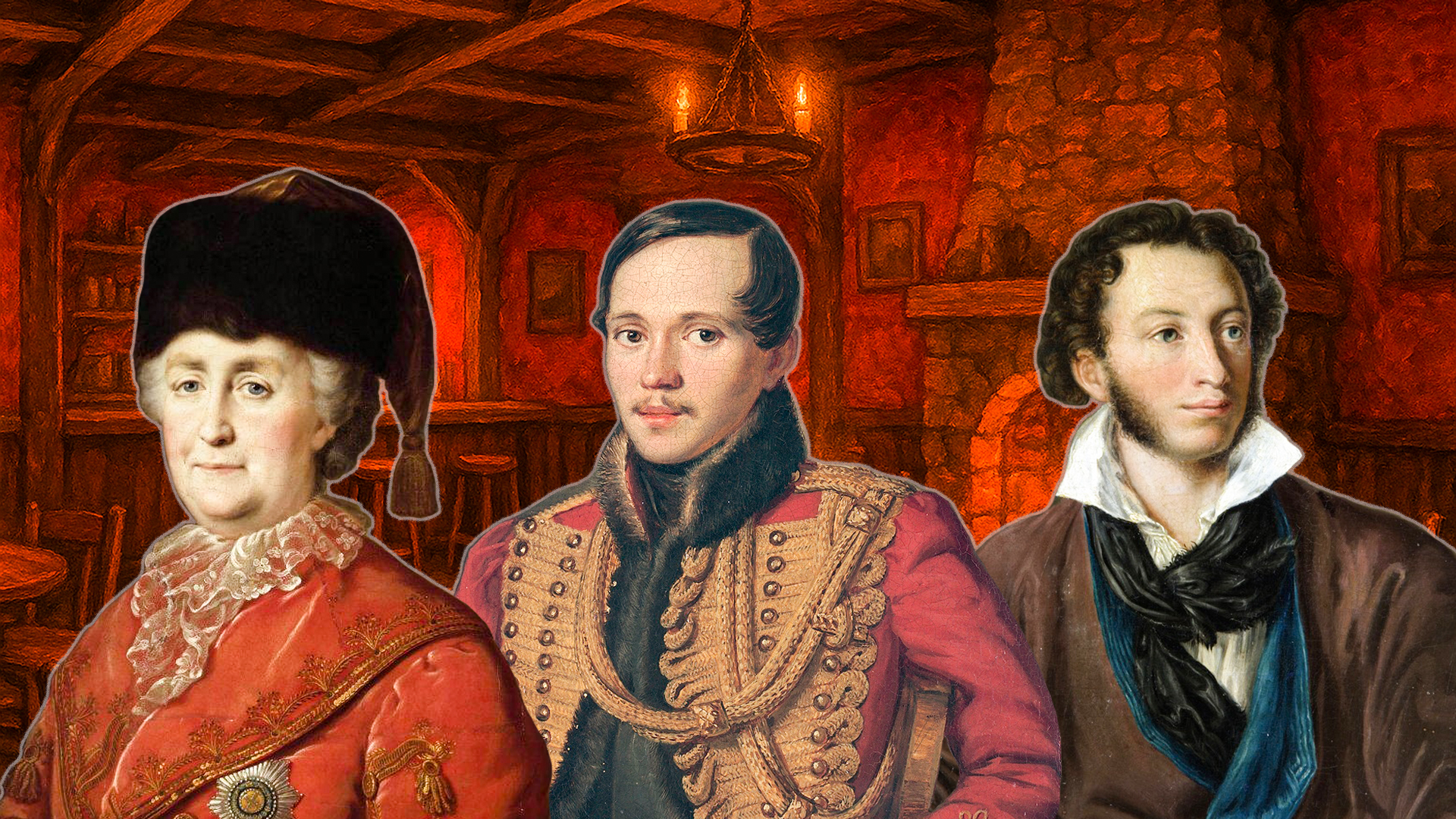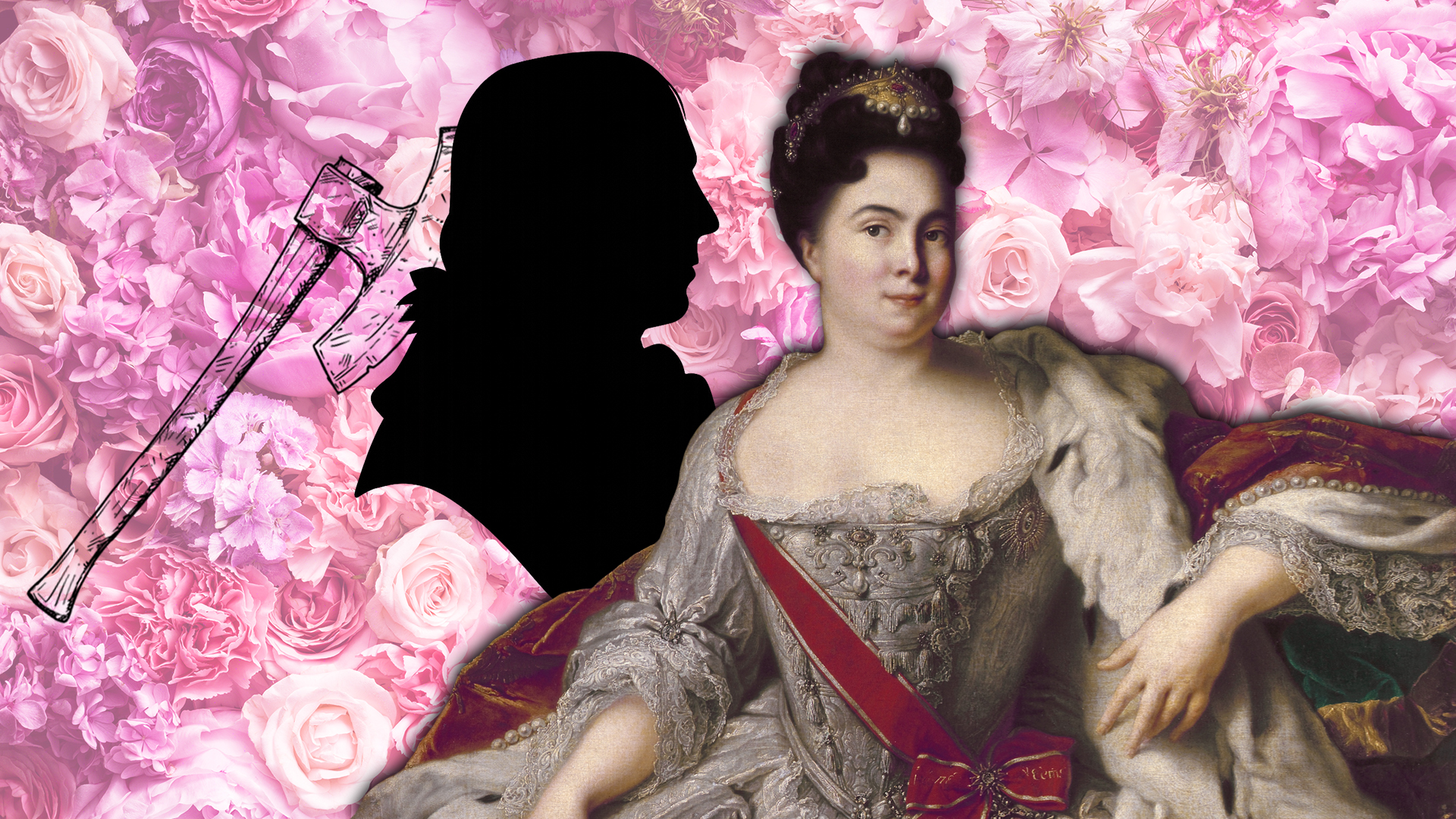
What is the oldest city in Russia? (PHOTOS)

Panticapaeum (Kerch) was founded in the eastern part of the Crimean Peninsula at the end of the 7th century BC by people from the Greek city of Miletus. Today, it competes with Derbent in Dagestan for the title of Russia's oldest city.
As historian Vladimir Tolstikov, head of the Department of Art and Archaeology of the Ancient World at the Pushkin State Museum of Fine Arts, notes, Panticapaeum can be confidently called the oldest city that has continuously existed on the territory of modern Russia. While life in Derbent sometimes faded and then revived, in Panticapaeum, life never ceased, the scholar adds.

There are two versions of the origin of the city's name. The first is from the Panticapa River, the second is from the ancient Iranian term ‘panti-kapa’ (‘fish route’). This is how the Kerch Strait was called in antiquity, due to the regular mass migration of fish.
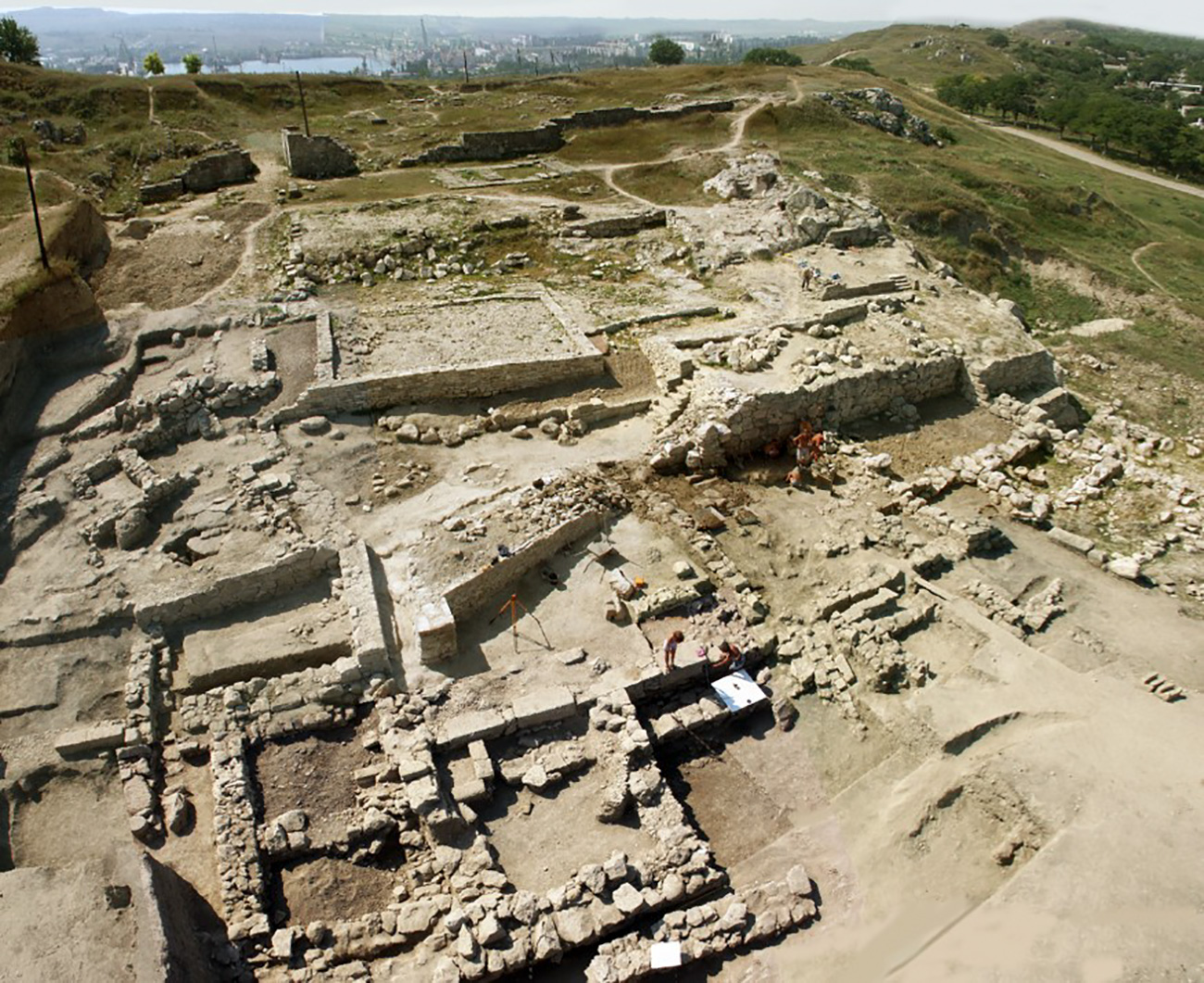
Thanks to its unique geographical location, Panticapaeum quickly grew into a major trading center. As early as the mid-6th century BC, silver and gold coins began to be minted there.
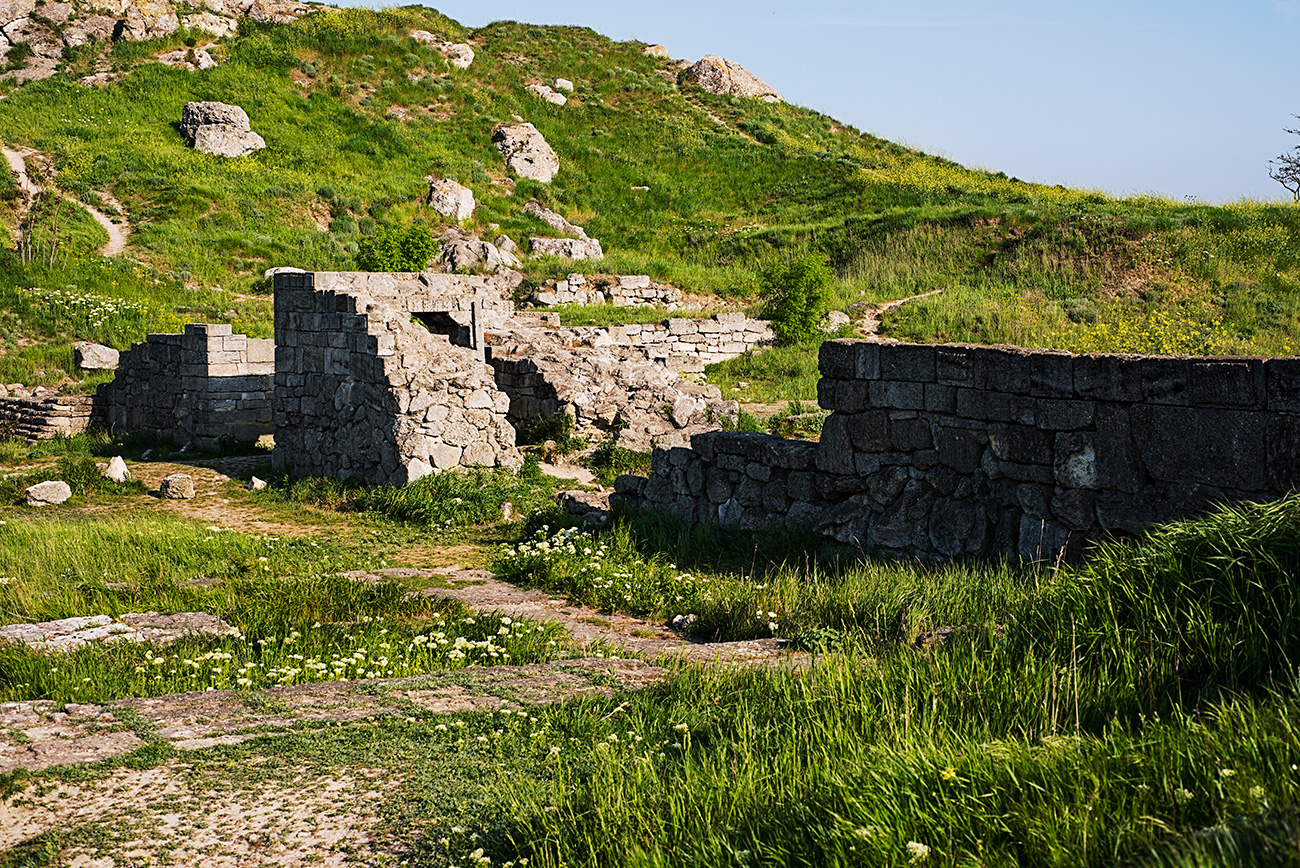
In 480 BC, the Greek Black Sea cities united to form the Bosporan Kingdom and Panticapaeum became its capital. The powerful state controlled not only most of Crimea and the Taman Peninsula, but also the eastern coast of the Sea of Azov. For a time, the kingdom served as the main supplier of grain to Athens.
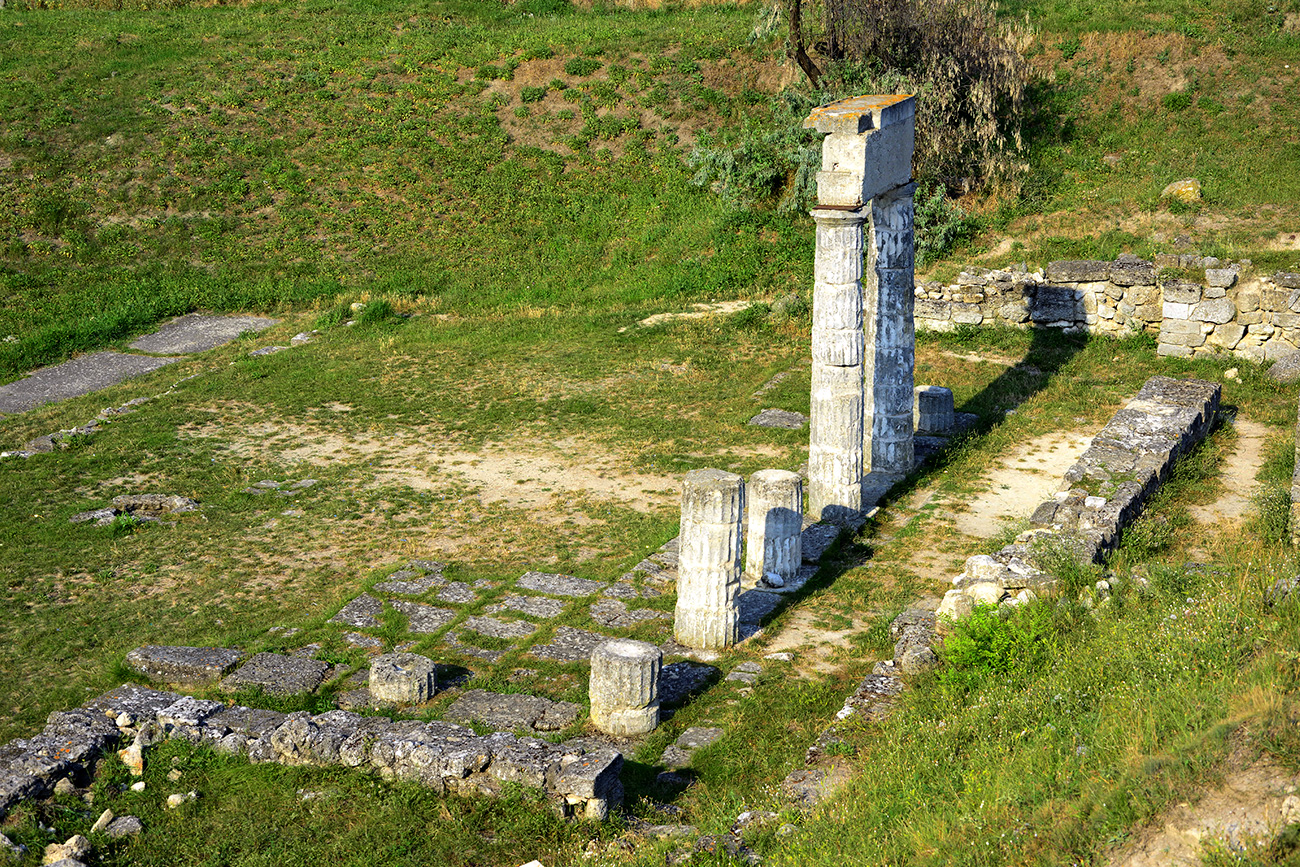
At the end of the 2nd century BC, the Bosporan Kingdom fell under the rule of the Pontic Kingdom, with which it waged war against Rome. After the defeat of Pontic king Mithridates VI Eupator and his suicide in Panticapaeum in 63 BC, the Romans appeared in Crimea.
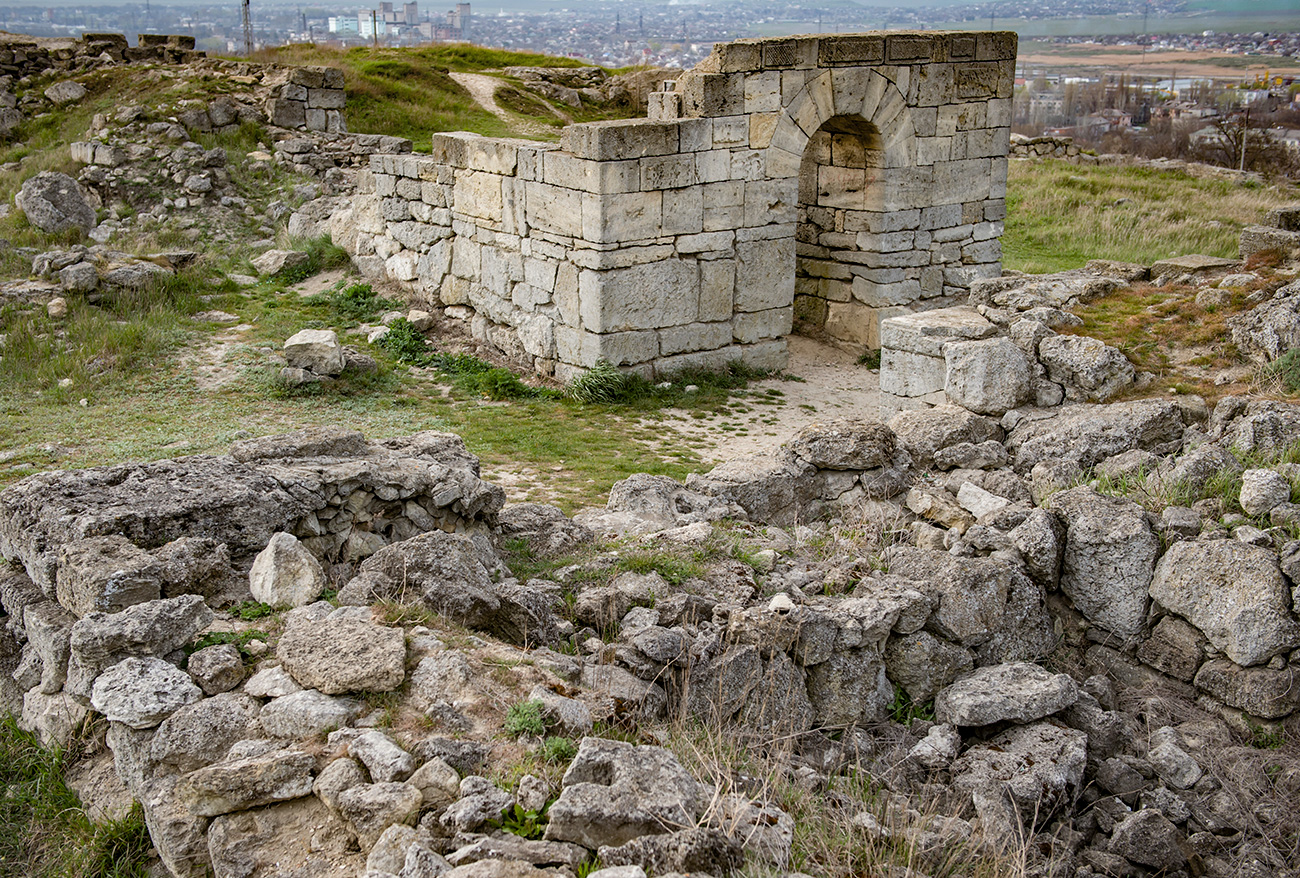
The "Eternal City" did not seek to annex the Bosporan Kingdom, but it did take it under its control. It determined political life on the peninsula, deposing kings it disliked and promoted friendly claimants to the throne. The Roman fleet, which appeared in the Kerch Strait as needed, served as an effective means of pressure.
In the 1st century AD, the Roman military presence in Crimea began to grow and a strong garrison was stationed in Panticapaeum. Under Nero, the Bosporan Kingdom was even incorporated into the empire for several years (from 63 to 68 AD), but, after the ruler's death, it regained its "independence".
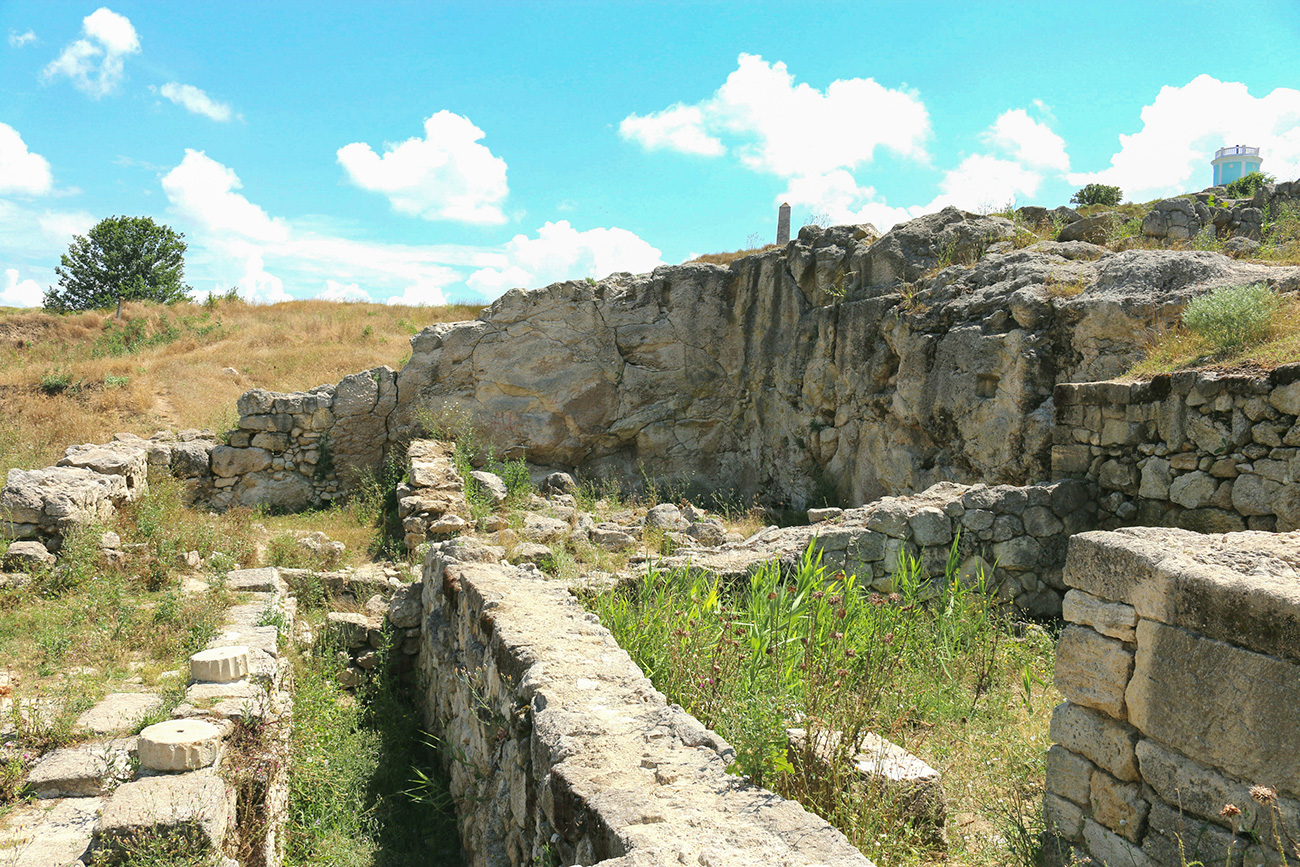
Starting from the 3rd century, barbarians began regularly invading the Bosporan Kingdom. The kings appealed to Rome for help, but Rome lacked the strength even to defend its own metropolis. Gradually, the Roman military contingents were withdrawn from the peninsula.

In the 5th century, the Bosporan Kingdom declined and disintegrated. Subsequently, Panticapaeum, having lost its status as the capital, repeatedly changed hands: the Byzantine Empire, the Turkic Khaganate, the Russian Tmutarakan principality, the Golden Horde, Genoa, the Crimean Khanate and the Ottoman Empire. The name of the city also changed numerous times: Karsha, Korchev, Cherkio and, finally, its modern name – Kerch.
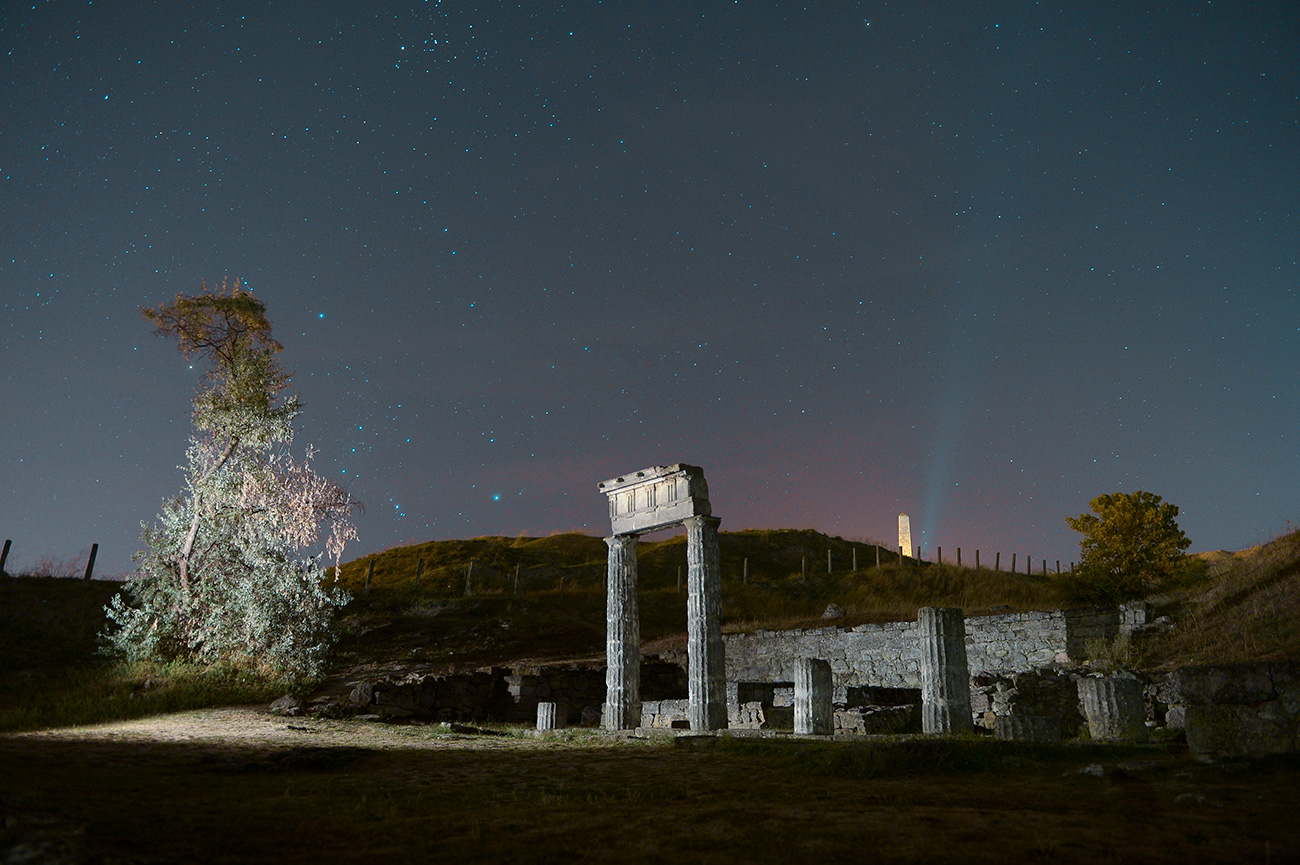
In 1774, Crimea, along with Kerch, became part of the Russian Empire. By the beginning of the 20th century, neither structures nor even ruins of Panticapaeum remained above ground. Systematic scientific excavations of the great city within the framework of the Bosporan archaeological expedition, however, began in 1945 and continue to this day.
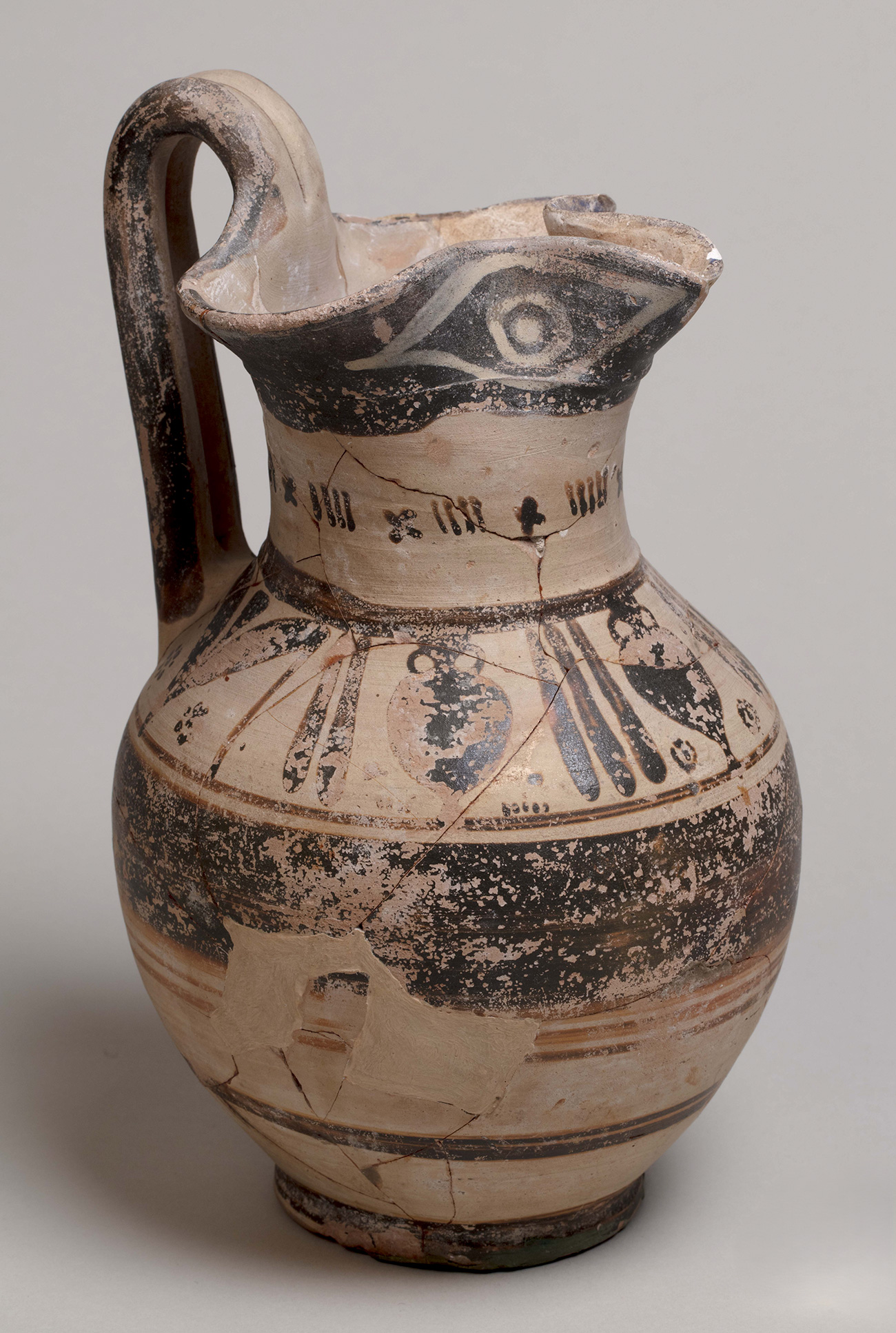
The discoveries made during the expedition's many years of research can be seen at an exhibition in the Volga-Vyatka branch of the Pushkin Museum in Nizhny Novgorod from November 16, 2025 to March 1, 2026.


